With the onset of Spring Lilac is one of their first plants, which pleases the eye with its beautiful bloom. By moral, it comes from many gardeners who seek to decorate their summer cottage. The name of this shrub from Greek is translated as a "tube". The frequency of flowering lilac depends on its type. So, the most common variety of Primrose begins to bloom at the end of May. Lilac is a plant from the Maslin family. A bush has many trunks. Each of them can reach height to 7-7.5 m. To date, there are about 35 species of this shrub. More about the varieties of lilac, landing and care for this plant, we will later describe.
Varieties of plants
Variety ordinary
Today, among cultural varieties of lilac, there are species of both natural, so hybrid origin. Moreover, the number of varieties of this plant continues to grow rapidly. Obviously, most often in our gardens you can find a lilac ordinary. Flowers of this variety are very beautiful and fragrant. They can be any shade of purple. However, bloom is only another 4 years after landing. Consider the most popular types of lilac. Photos of some of them are presented below.
Variety ordinary
Sort Primrose
Lilac Mahova
Most species of lilac have massive terry flowers, which are inflorescences, where one more is the same from the first tube with 4-5 leaves. If in the second cluster less petals, then we are talking about the "semi-world" form of lilac.
Grade "Taras Bulba"
Grade "Monique Lemoan"
Sort Hungarian
This species is distinguished by virtually any unfavorable conditions. Such plants are not afraid of low temperatures, no droughts or too wet conditions. Petals of flowers in lilac of this variety are sharp and oblong, brushes of inflorescences are tousing. Flowers themselves are located on long legs.
The flowering of this type of plants usually begins 2 weeks later than the lilac ordinary.
Amur variety
The bushes of this type of lilac are usually achieved in a height of up to 9 m. At the same time, they are decorated with small thick flowers that can have a shade from white to cream. In addition, they have a very strong and pleasant fragrance. The leaves of this species are the same as the lilac usual. Blossoms most often starts only at the end of July and lasts about 2-2.5 weeks. Such lilac is poorly growing on poor soils, but very resistant to temperature drops.
Hybrid
Food is formed as a result of artificial or natural crossing of various natural plant species.
Landing Lilac
For landing, lilac does not require any additional conditions. At the same time, neutral soil is best used. If the soil has a sour Wednesday, it must be pre-processing with lime or dolomite flour. Such works are desirable to spend every three years. As for groundwater, they should be held at a depth of at least 1.5 m. To land, lilac is recommended to choose a sunny place. Here it will bloom abundant than in a half. Suppose it may be a small slope, but best if the garden surface is smooth. If there are impusts of cold wind on the site, it is recommended to choose a place where cold flows passes the least. It should be said that Lilac is very frost-resistant, so it is not necessary to strengthen it to winter. In addition, this plant can grow on heavy soils in the mountains. But too wet and wetland, as well as clay lilac tolerate badly.
The settlement time depends on climate. So, in medium latitudes it is recommended to do since the end of August and before September. It is important that the plant will take care of the onset of cold weather. Timely landing shows foliage. So, if she sat down, then plant it too late. If you still planted it, then in order to save the soil from fast freezing, it is necessary to climb it with leaves or sawdust. When spring comes, the smallest must be removed that the earth fastened faster. If you did not have time to translate lilac before the onset of frosts, then the plant should be shook, tilting the fruit seedlings, and in this form leave it before the onset of spring. In addition, it is necessary in this case since the autumn to prepare pits for disembarking in spring time. In the spring it is important to plant lilac until the kidneys are swollen. Otherwise, the plant may not take care.
The depth of lilac landing in the soil should be such that the root neck of the plant is located strictly at the soil level. If the seedling is vaccinated, the root neck should be placed above the ground level by about 25-35 mm. This will prevent the appearance of frightened from the stem.
For planting plants, it is enough to make a square yam of 500 per 500 mm. So that Lilac gets better, it is recommended to plant it in the evening when the air managed to cool. The soil mixture is prepared directly when disembarking. At the same time, various impurities add to it. Most often it is natural fertilizers and wood ash. If you acquire seedlings on the market so that there are no problems in the future with landing and departure, you should choose only those that have a closed root system. The disadvantage of seedlings with an open system is that they are more susceptible to climate change and they need more care.
Lilac: Correct Care
Like most garden plants, lilac requires watering. So that it grew freely and bloom in a timely manner, it is necessary to moisten the soil thoroughly. The first watering after landing should be quite abundant, after which it should be watered only when the soil dries. Regular watering on schedule begin in May and June. Only moisture should be in moderation. Do not stop too much. From the middle of summer, lilac usually stop watering, so as not to cause the awakening of the kidneys.
As for fertilizers, if when disembarking you have made them to the landing fossa in sufficient quantities, then about 2.5-3.5 years old should not be added.
In the future, the soil is recommended to fertilize with the help of organic feeding, namely, manure, compost fluid and aviation. In addition, it is useful to bring mineral fertilizers. In particular, at the end of the summer, potassium and phosphorus are added once every 2.5-3 years, and when snow falls out, it is recommended to make an ammonia nitrate. In the period of active growth, foliage can be sprinkled with mineral fertilizers.
Pruning lilac
Brushes that have already been blowing, it is necessary to cut. And you need to do it immediately after flowering in the summer, and not in the fall. Otherwise, the next spring lilac can simply not bloom. After all, the kidneys are formed, as a rule, only on summer shoots.
Sanitary trimming is recommended in spring. To update shoots to do it, it should be gradually - in the spring it is recommended to cut no more than 2-3 old branches.
To give a shape and beautiful appearance when flowering each spring, until the kidney is swollen, you can make cultivated trimming. For this, there are 5 or more basic branches on the bush. The rest of the shoots are cut off, and those that are directed inside the bush are cut out at all.
Methods of breeding
For reproduction of varietal lilac at home, three main methods are usually used:
- Digging.
- Stalling.
- Vaccinate
Consider each of these techniques a little more. So, the reproduction is carried out as follows: At first, the horizontal groove is made near the lilac, then the lower branches of the parent plant are thrown into the ground and secure. If everything is done correctly, then the shoots will be rejected from the kidneys. Perhaps this method is the least laborious. Unfortunately, it is not suitable for all varieties of lilac.
To reproduce lilac cuttings, it is recommended to take the middle part of the semi-restless shoots, which managed to develop well. This should be done in June or in early July. The cuttings from the parent plant are recommended to remove during flowering. The fact is that it is at this time that the growth of the bush stops. For sprouts, shoots having 4-5 leaves are selected. It is important that they do not have time to wait. It should be prepared in advance for the fact that not all prepared cuttings will germinate. By the way, some types of lilac can not be multiplied in this way. For cutting cutting, it is recommended to choose a bush as younger than younger, the slice must be made at an angle of 45 degrees. After cutting, the twigs need to be treated with a stimulant of root formation. Then the prepared cuttings are planted in advance digging pits with fertilizer. You can land lilac into the greenhouses, but in this case you need to increase the humidity there is almost up to 90-95%.
Usually the young stocks are vaccinated, which were taken in advance from seeds collected in the month of October. Before sowing seeds, they are recommended to dry. The best time for sowing is considered autumn. To do this, pre-prepare a garden. Seeds sufficiently bury at a depth of 14-16 mm. When spring comes, you can spend the dive and grow up the seedlings.
Seed seeds allowed in spring time. Only for this you need to pre-hold them at low temperatures, i.e. Conduct stratification. After that, approximately in mid-March, the seeds are planted in drawers with the prepared land. It should be said that the germination of lilac sparkles depends largely on its type. So, the seeds of lilac ordinary usually take about 2-2.5 weeks, and for Lilac Amur need about 2-3 months. When at least 4 sheets are formed on a saplau, at a distance of 30 mm from each other conduct a pickup. For permanent place, sprouts are usually planted in May.
To instill lilac, you can take the dotting of one of the types of plants. For example, from ordinary, Amur, Hungarian or other, a slaughter is made at a low angle. Under the same angle should be cut and the selected stalk. The brought is applied to a trip at the cut level, after which they are bonded with each other with the help of a rope. This is the easiest way to vaccinate plants, called copulings.
Diseases and pests of lilac
Almost all plants are exposed to pests and diseases, including lilac. However, with the right approach, many of these problems can be prevented. So, in particular, Lilac very often amazes bacterial rot. You can cope with it using a spraying of non-concentrated copper chloroks. This should be done on the 9-10th day when the first signs of the disease are detected. Lilac can pick up phytofluorosis kidneys. To solve this problem, a spraying of a bush burglar liquid is used. Also on the lilac bushes is sometimes attempted by mol-spin, from which you can get rid of chlorofos or rotor. Among the pests of Lilac is still a lilac brahnik. If it is seen on the bush, it follows it, as soon as possible, to be treated with 0.1% phtolofos.
Lilac landing: video
You can learn some recommendations for landing lilac branches from the video:

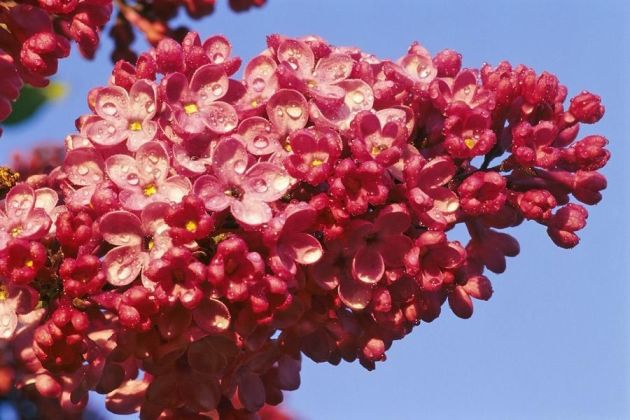

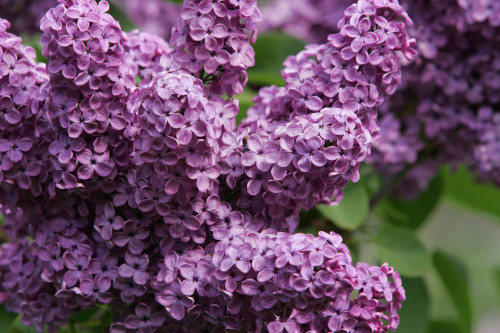
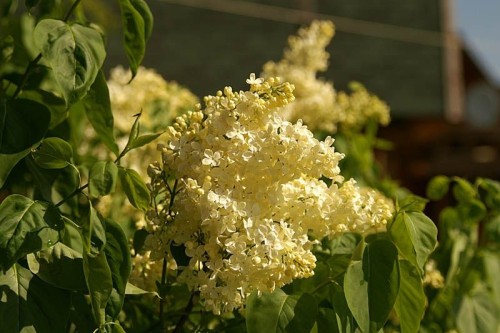
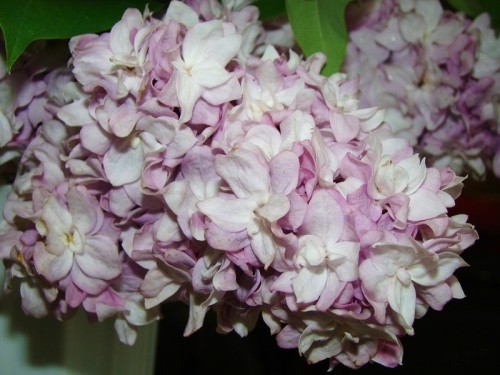
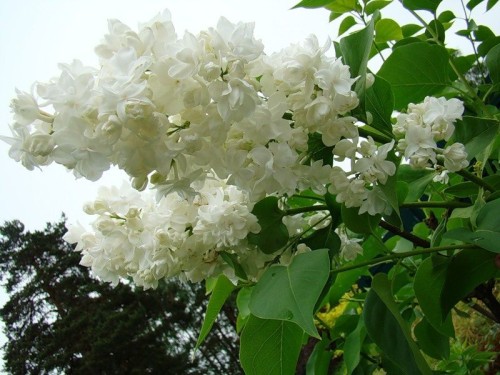
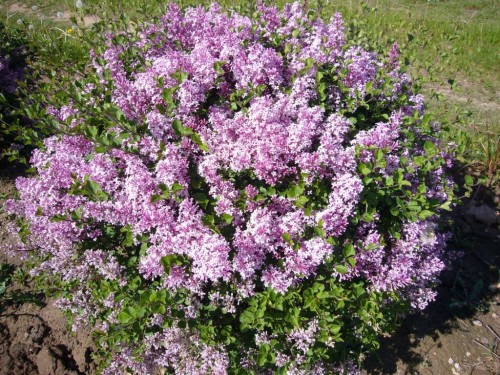
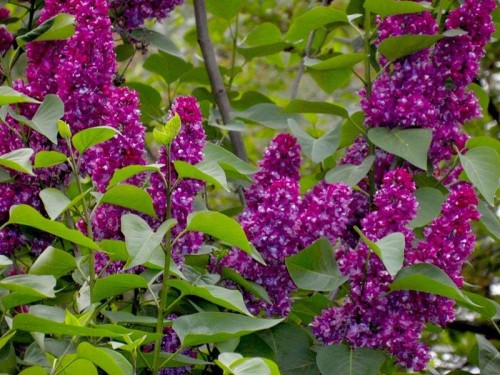
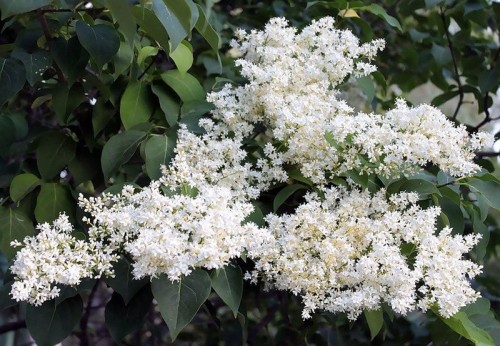

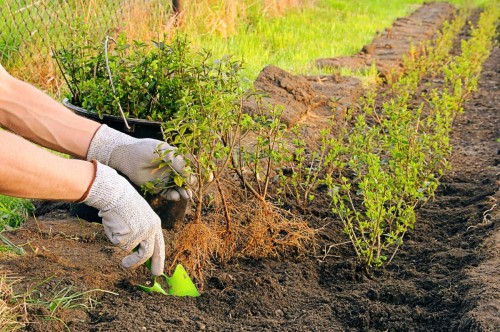


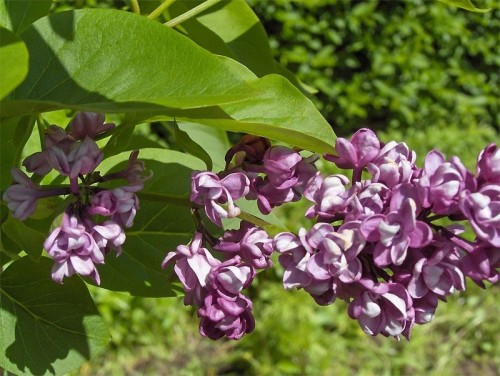
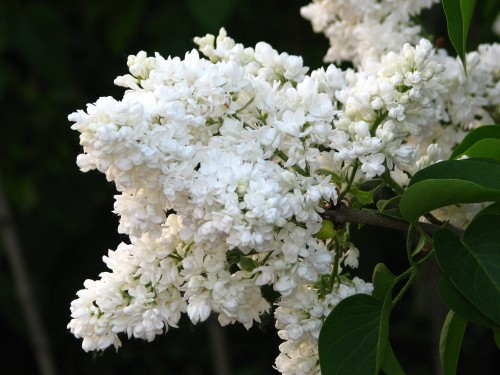
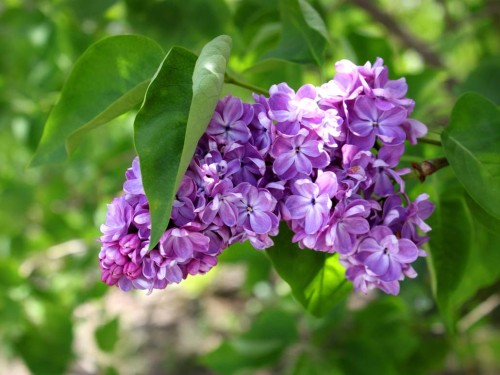

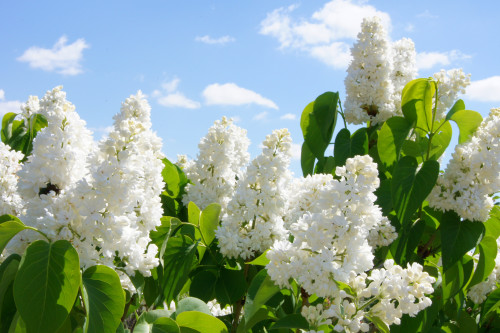












 Start a discussion ...
Start a discussion ...